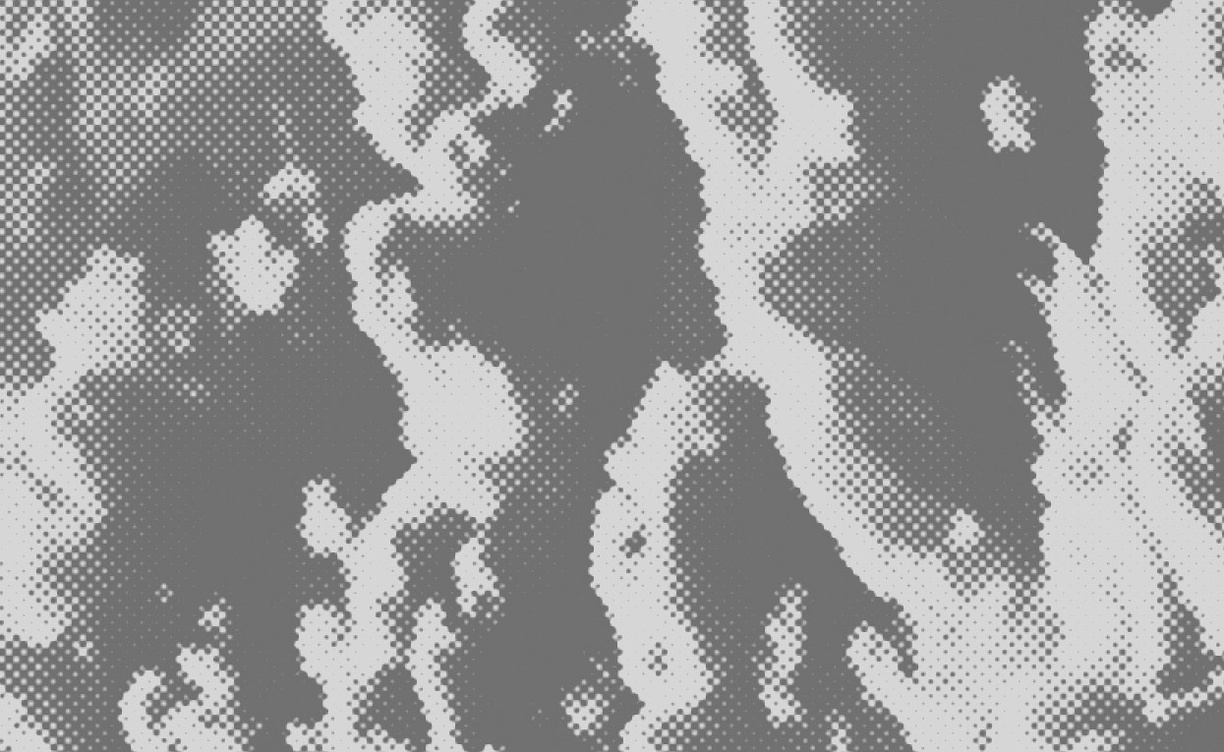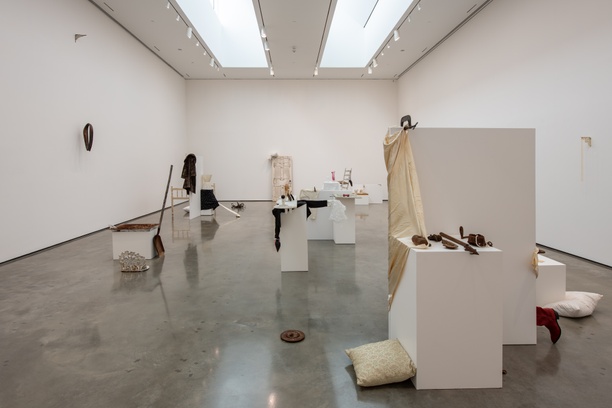
Opening Reception: Sunday, April 7, 1pm-4pm
The Center for Curatorial Studies, Bard College presents From its course into channels, fourteen exhibitions with more than forty artists, offering a wide-ranging museum presentation organized by the graduating class of the master of arts program in curatorial studies. The individual exhibitions were conceived over the past fifteen months, presenting diverse display methodologies, research interests, and exhibition formats - from focused solo shows to new commissions and thematic exhibitions. Research for the exhibitions often relied on CCS Bard’s extensive Library and Archives, and several shows include work from the Marieluise Hessel Collection.
Graduate student-curated exhibitions and projects at CCS Bard are made possible with support from the Rebecca and Martin Eisenberg Student Exhibition Fund; the Mitzi and Warren Eisenberg Family Foundation; the Audrey and Sydney Irmas Charitable Foundation; the Robert Mapplethorpe Foundation; the Board of Governors of the Center for Curatorial Studies; the CCS Bard Arts Council; and by the Center’s Patrons, Supporters, and Friends.
All CCS Bard exhibitions and public programs are free and open to the public. Limited free seating is available on a chartered bus from New York City for the April 7th opening. Reservations are required; call +1 845-758-7598 or email ccs@bard.edu.













